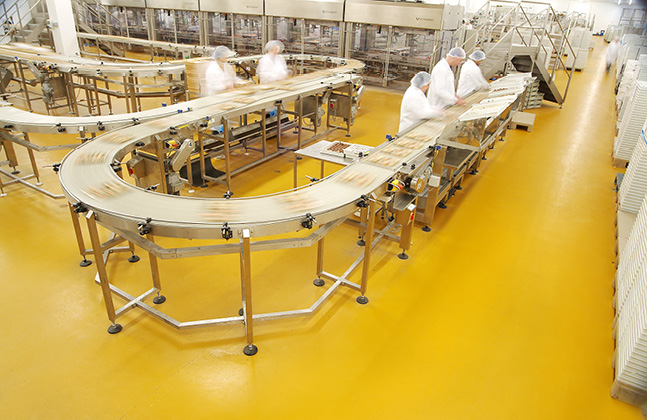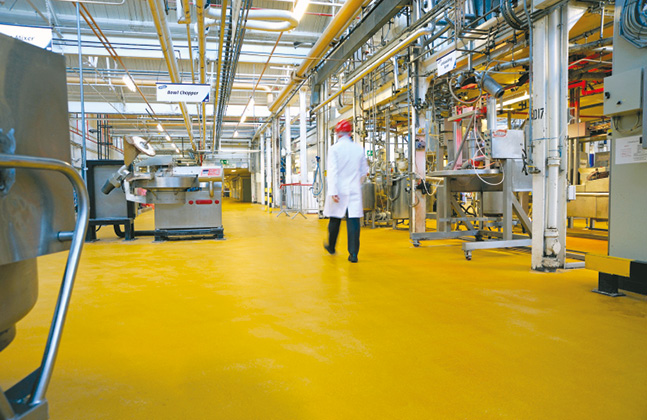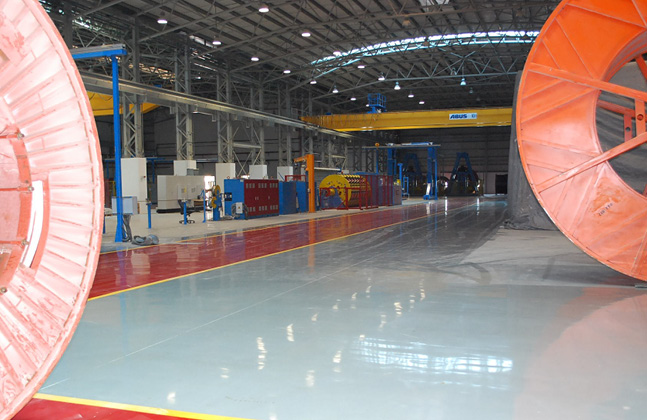The penultimate piece of flooring advice to live by considers how the floor will work long after the installation team has packed up their notched squeegees and spiked rollers…
Consider the Usability of the Final Floor
Let’s look at this from a ‘who, what, when, where and how’ point of view.
Who will use the floor?
If you’re anticipating heavy foot traffic in your commercial facility or fork lift trucks in your warehouse space, for example, ensure that the floor finish is suitable for sustained foot and wheeled traffic.
What plant machinery, equipment and furniture will be in use on site?
Resin flooring offers varying degrees of resistance to heavy loads, so it’s important to identify your impact resistance requirements prior to installation to avoid costly repairs at a later stage. High build, aggregate-filled systems resist extremely heavy traffic and impact.
When do you anticipate installation or repair works to be carried out?
If initial installation or ongoing flooring maintenance needs to be carried out quickly to avoid lengthy shutdown periods, fast track methyl methacrylate options might be a better choice.
Where in the building experiences the most foot and wheeled traffic or chemical spillage, for example?
Ensuring that the various zones in your facility are adequately surfaced is extremely important.
For example, the most heavily trafficked areas should be sufficiently durable to withstand the day-to-day abuse, as well as offer a certain degree of slip resistance to ensure your staff or visitors are treading safely.
The zones where chemical spillage is likely or expected should be treated with a resin floor finish geared up to resist such attacks, such as heavy-duty cementitious polyurethanes.
How will the floor be cleaned?
As an example, food & beverage facilities are often subjected to daily wash-downs where the surface temperature will change dramatically and suddenly, so the floor finish should be capable of withstanding thermal shock cycling.
Considering the expected traffic levels and loading, your downtime schedule and the intended cleaning and maintenance regime before specifying a particular floor finish could save a considerable amount of time and costly repair work down the line.
In the final installment of Dr Flowcrete’s Flooring Clinic, we’ll be covering aesthetics – the floor is not to be overlooked!
Looking for more handy hints? Check out more from the Flooring Clinic…









